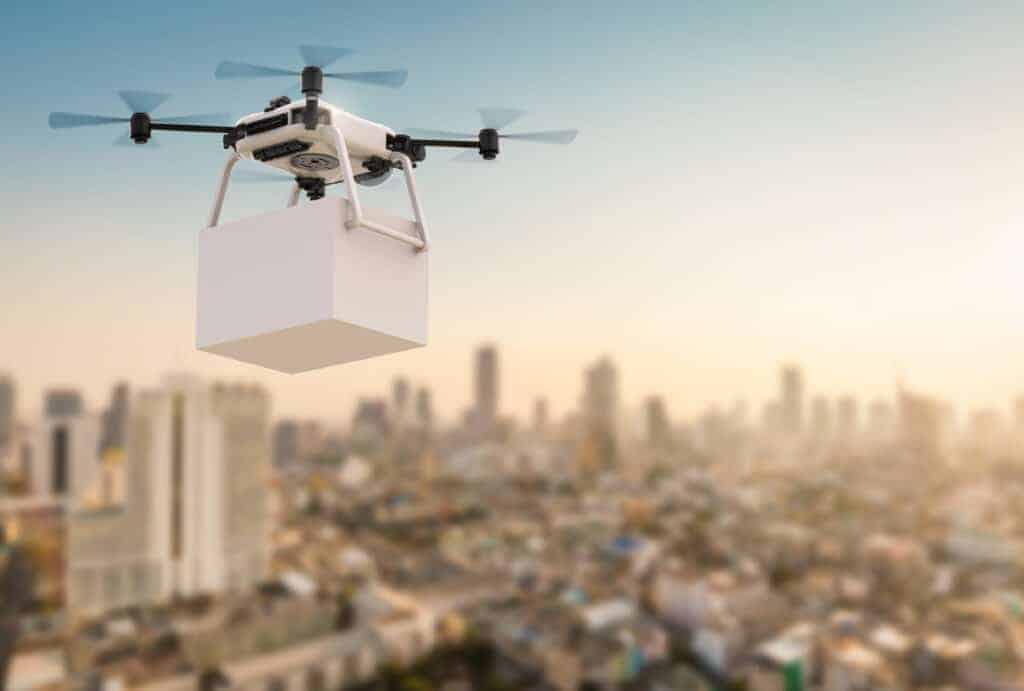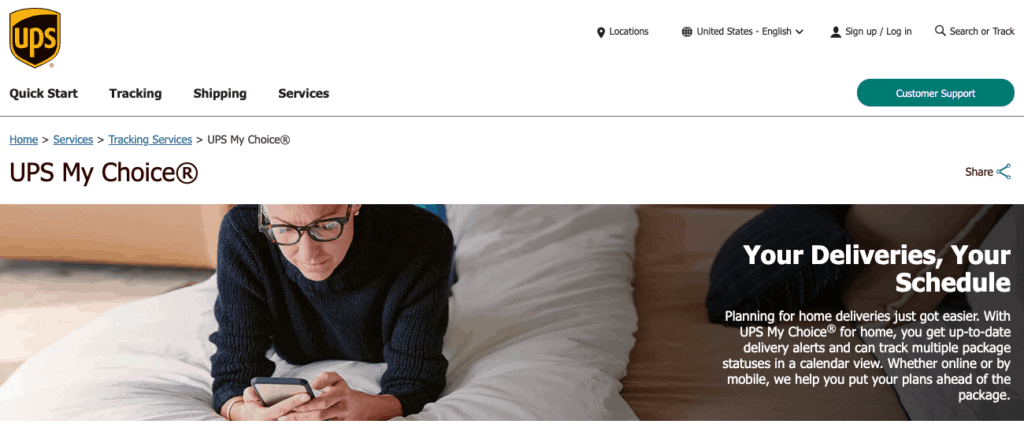2020 Trends: Contactless order fulfillment and contact-free delivery

Once considered a simple convenience, having items like groceries, parcel packages and prescriptions delivered to you, is now a necessity.
Due to the regulations forced on business owners as a consequence of the global pandemic, nearly everyone has turned to online retail, giving no choice to e-commerce companies but to adapt to contactless order fulfillment.
But what does contact-free delivery entail and why is it so important? Although in the e-commerce world, this method is already built into direct-to-consumer (DTC) brands, others are still catching onto using and understanding how these procedures are carried out within the supply chain.
In a COVID-19 world, this is the new normal. The need for contactless delivery will continue into 2021 and beyond. In order to continue operating within the pandemic environment, companies must comply with strict health guidelines to help slow the spread of the coronavirus and keep people safe. Here are guidelines and tips for keeping your company rolling and ensuring customer satisfaction with contactless delivery.
WHAT IS E-COMMERCE CONTACTLESS DELIVERY?
The process of contactless delivery involves goods delivered to a destination that focuses on limited or no contact between the carrier and customer. This eliminates the need for signed receipts or any type of exchange. Instead, the goods are dropped off on the sidewalk, inside a garage or gate, then the customer is notified via text, phone, email or some other previously agreed upon notification.
CONTACTLESS DELIVERY IN 2020
Although technology for contact-free delivery isn’t new, especially with food delivery apps, this form of service has expanded even to industries like daycare centers and preschools. In the case of childcare, companies are using text messages services for communication between parents and providers for drop offs and pickups.
While the pandemic has forced a shift in shopping from brick and mortar business to online retail, even institutions like Macy’s and Home Depot, have figured out ways to adapt offering curbside pickup. Customers can order items online and select a pickup location. When the customer arrives, they can notify the store and an employee will place the items in the trunk of the car.
In addition, the tourism industry such as hotels and airbnb , has expanded health and safety protocols, requiring strict sanitizing guidelines prior to guest stay.
HOW CONTACT-FREE DELIVERY WORKS
Contact-free delivery service provides customers with options, giving them more control as far as being able to track their order, leave instructions for the carrier and how they want to be notified. Some carriers even send pictures of the package to customers, which provides an indisputable time stamp.
PROCEDURES FOR CONTACT-FREE DELIVERY
Customer notification
While contactless drop off offers a great solution to help spread of the coronavirus, it’s also exacerbated the issue of stolen packages.
While theft is typically higher during the holidays, with more people shopping online for necessities, there’s been a significant increase this year. Since March, nearly one in five Americans reported being victims of theft. Many times, this occurs when delivery notification fails.
To help reduce this, many delivery companies as well as third-party delivery services are putting notification systems in place that immediately alert customers about deliveries.
One example is called UPS My Choice.
DRIVER SAFETY MEASURES FOR CONTACTLESS ORDER FULFILLMENT
Like N95 respirator masks, many people are now familiar with the term: PPE equipment, which ensures proper safety measures deliveries. Taking these measures helps keep the customer and driver safe while handling packages. Standard protocol today includes the following:
- gloves that extend to the wrists
- a face mask that properly covers the nose and mouth
- regular access to and use of hand sanitizer
- frequent temperature checks of employees prior to the start of their shift
SAFETY PROTOCOLS FOR THIRD PARTY LOGISTICS (3PL) PROVIDERS
While Third Party Logistics providers deal with product order fulfillment and are not in direct contact with consumers, they still must have safety measures in place at warehouses to protect employees.
The risk of exposing employees to the virus could slow or even shut down operations, risking lives for workers and income loss for the company. This is why Third-Party Logistic providers continue to increase safety measures to ensure the safety of its employees and therefore provide seamless service to customers.
Fulex has three fulfillment centers strategically placed within the U.S. for shipping convenience. Since the pandemic began, Fulex has ensured the continued safety of its employees, while maintaining excellent customer service.
If you’re looking for a 3PL to partner with to withstand pandemic restrictions and keep your business running smoothly, Fulex is here to help.
